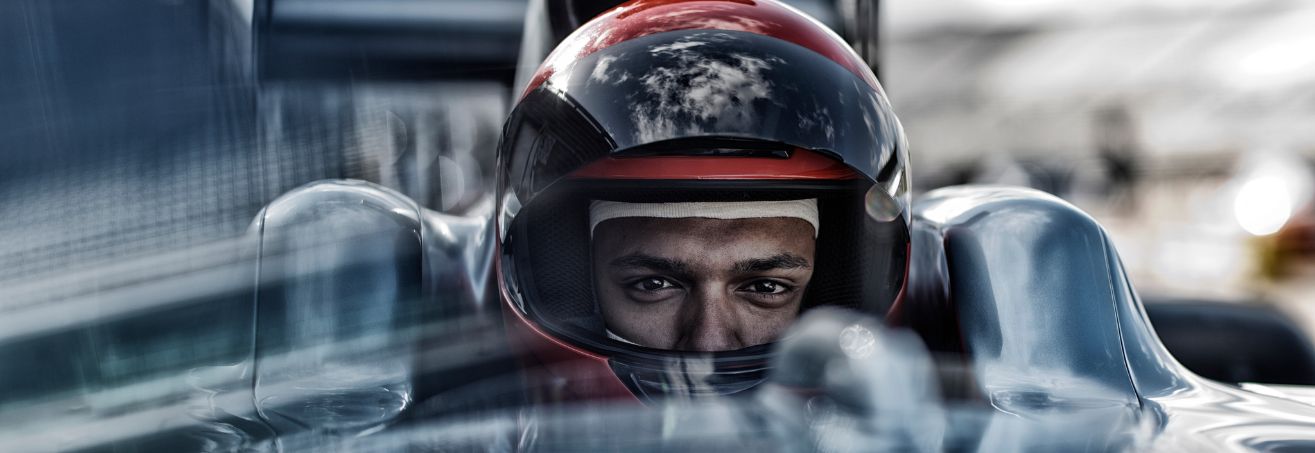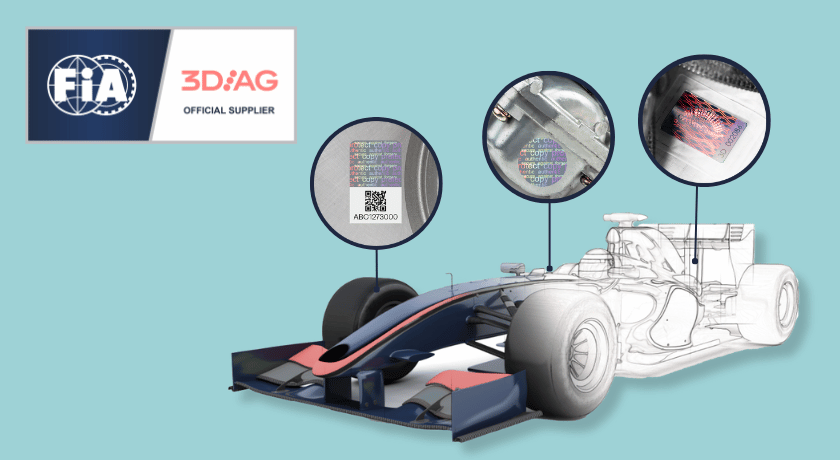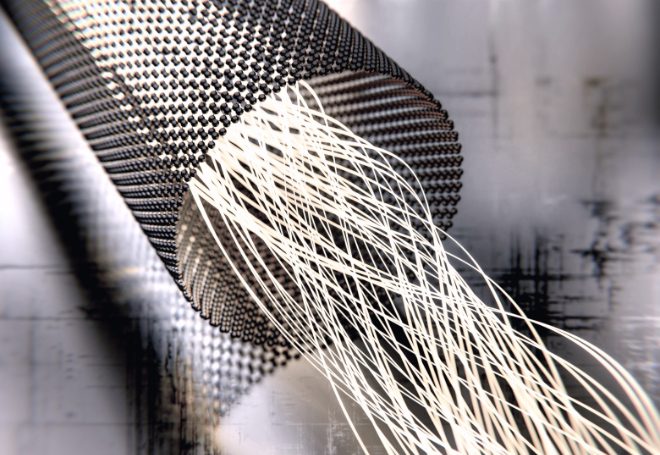Electroforming: Transferring Structures
Electroforming, the electrodeposition of metal, is the technology behind manufacturing nickel shims. The base for electroforming is either a nickel shim itself or an engineered master template, placed into the galvanic bath for the deposition of nickel ions forming along the structured master. The electroforming process creates a precise duplicate of the master, which can be used for further manufacturing or development steps. Electroforming is one of our core technologies at 3D AG, we have built custom made galvanic baths and electroform nickel shims in different sizes and thicknesses with great performance.
Electroforming Nickel Shims from Various Base Substrates
When engineering master templates, depending on if it’s a micro or nanostructure, the needed tolerances, the size and other parameters, a specific fabrication method needs to be chosen. The fabrication method will define the resulting base substrate, which in many cases is a delicate or brittle material that needs to be handled with care and can’t be used for further processes without damaging it. To preserve and replicate the engineered structure, the electrodeposition of metals by electroforming is the ideal solution. The benefit of the nickel electroforming process developed at 3D AG, a specialized electroforming company, is that we can electroform shims from nearly any base substrate. If glass, quartz, silicon, polymers, UV cured resins, brass, stainless steel, copper, aluminium or many other base substrates, the master template can be used to electroform high fidelity replicas.
3D AG has specialized in nickel electrodeposition to create tools and molds for the further transfer of micro and nanostructures. If the nano and micro structures are applied in display technology, security applications, biomimicry or solar – each production technique and application has different specifications to focus on. The engineers of the electroforming company 3D AG, master a fully customized process, allowing the different features needed for the transfer and manufacturing of the structure to be adjusted and optimized for each application and client.
Base Substrates Valid for 3D AG's Electroforming Process
The following overview shows various base substrates 3D AG has extensive experience working with for electroforming. Further, we also offer micro or nanofabrication technologies to originate original master templates.
- Metals: brass, copper, stainless steel, titanium, bronze, nickel
- Non-Metals: glass, quartz, fused silica, ceramics, silicon
- Organic / Inorganic: PMMA, PC, PVC, PS, UV-cured resin, photoresist, sol-gels, epoxies Aspherical & Spherical Structures
Nickel Ions ( Ni+2 ) to Electroform Nanostructures with High Fidelity
For electrodeposition of metals both an anode and a cathode are immersed in an electrolytic bath. A direct current of electricity is passed through the solution, affecting the transfer of metal ions onto a cathodic surface, plating the metal onto the item.
At 3D AG we deposit nickel and due to the fine size of the nickel ions, it is an optimal solution for electroforming delicate micro and nanostructures with maximum fidelity. The nickel ions are deposited to the desired thickness and separated carefully to receive a high precision tool for further replication.
3D AG High Precision Nickel Electroforming
We can replicate your micro or nanostructure from wafers or molds and transfer them with very high fidelity into a metal sheet (nickel shim). Our high precision nickel electroforming will let you have an exact copy down to the nanometer level of your master-structure. Electroforming is a non-abrasive process hence many copies can be made from the same template.
What’s the Difference: Electroforming vs Electroplating
We are frequently asked what the difference is between electroforming and electroplating. Both processes are conducted through an electrodeposition process, meaning the deposition of metal. In electroforming metal is grown on a so called mandrel, which will be made conductive in the areas where metal shall be deposited and can later be separated to receive an autonomous product.
At 3D AG our electroforming process is very unique, we electroform flat nickel plates called shims. Shims are autonomous products and are replicas of a structured template. They are used for the transfer of nano and microstructures in various applications. This is a very different process to electroplating, where a very thin layer is deposited on an existent object by the means of electrodeposition. The metal layer is not removed and can be used to for instance change the surface properties of an object (e.g. for chemical resistance or abrasive corrosion). This shows the main difference: electroforming creates a new piece, separated from the original, whilst in electroplating the metal deposition becomes a part of the original.
3D Insights
Get in touch
Laettichstrasse 4a,
6340 Baar, Switzerland
You need to load content from reCAPTCHA to submit the form. Please note that doing so will share data with third-party providers.
More Information










